Service hotline
+86 0755-83975897
Release date:2024-12-06Author source:KinghelmViews:1402
REACH, which stands for Registration, Evaluation, Authorisation, and Restriction of Chemicals, is a regulation of the European Union aimed at ensuring the safe use of chemicals. It was implemented to protect human health and the environment by regulating the manufacture and use of chemicals. In this article, we will explore the fundamentals of REACH, its regulatory requirements, its impact on various industries like electronics, automotive, and consumer products, and how businesses can stay compliant.
REACH is a European Union regulation that governs the registration, evaluation, authorisation, and restriction of chemicals. It was adopted in 2006 to ensure a high level of protection for human health and the environment from the risks posed by chemicals. REACH is primarily concerned with the chemical substances used in manufacturing processes and products, including those found in the electronics, automotive, and consumer goods sectors.
The goal of REACH is to provide a framework that requires companies to identify and manage the risks associated with chemicals they manufacture or use. The regulation covers substances in all phases of their lifecycle, from production to disposal, ensuring they are used safely and responsibly.
REACH is a complex regulation, but it can be broken down into several key components:
Compliance with REACH is critical for companies that manufacture or import chemicals into the European Union. Failure to comply with REACH regulations can lead to significant financial penalties, reputational damage, and legal consequences. Additionally, non-compliance can restrict market access to the EU, which is a major global market for many industries.
REACH compliance involves understanding which chemicals your products contain and ensuring that they are either registered or authorised for use in the EU. Companies must also ensure that the chemicals they use do not exceed the maximum allowable limits for restricted substances.
The electronics industry is one of the sectors most affected by REACH compliance, as many electronic products contain hazardous substances such as lead, mercury, cadmium, and phthalates. Manufacturers in this sector must ensure that their products do not contain any substances that are prohibited or restricted under REACH.
Battery management, circuit boards, and other components must be tested and certified to ensure compliance with REACH. Additionally, companies must maintain up-to-date records about the substances used in their products and provide this information to customers and regulatory bodies upon request.
The automotive industry is another sector that must adhere to REACH regulations. Vehicles contain a wide variety of chemicals, from the materials used in manufacturing components like dashboards and wiring to fluids like oils and coolants. Ensuring that these chemicals meet REACH requirements is essential to maintain both product safety and compliance with EU laws.
Automotive manufacturers must keep track of the chemicals in their supply chain and be prepared for regular testing and certification. Companies should work closely with suppliers to ensure that only compliant materials are used in vehicle production.
To stay compliant with REACH, companies must take several steps:
The consumer goods industry must also adhere to REACH regulations, especially when it comes to products such as clothing, toys, cosmetics, and cleaning products. These products often contain chemicals that could be harmful if not properly managed. Therefore, manufacturers must ensure that all substances used in their products comply with REACH standards.
For example, a toy manufacturer must ensure that the chemicals used in the toy’s paint, plastic parts, and packaging do not contain any harmful substances listed under REACH. This includes checking for phthalates, lead, and other restricted chemicals.
Achieving full compliance with REACH can be challenging for many companies, especially smaller businesses that may lack the resources to conduct the necessary testing and paperwork. One of the main challenges is ensuring that all suppliers within the supply chain provide accurate and complete data about the chemicals used in their products.
Another challenge is the frequent updates to REACH regulations, which can introduce new restrictions or substances that require additional testing or certification. Companies must stay vigilant and proactive to ensure that their products remain compliant at all times.
REACH is a critical regulation that helps protect human health and the environment from the risks posed by hazardous chemicals. For companies in the electronics, automotive, and consumer goods industries, compliance with REACH is essential to ensuring product safety and maintaining access to the European market.
By understanding the key components of REACH and staying up to date with regulatory changes, businesses can successfully navigate the complexities of this regulation and continue to deliver safe, high-quality products to consumers.
For more detailed information, visit the official ECHA REACH page.
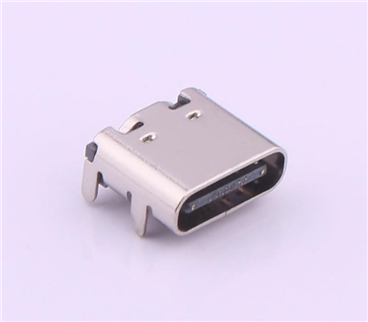
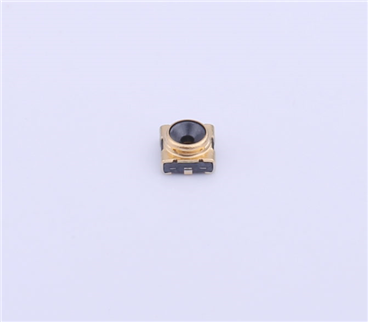
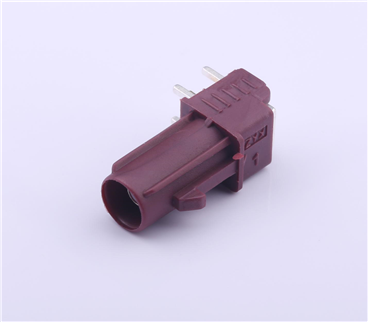
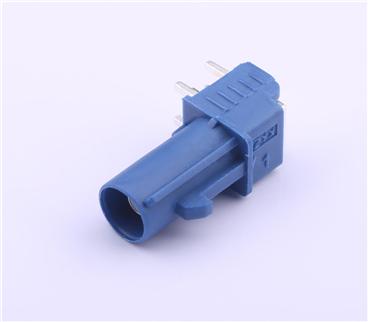
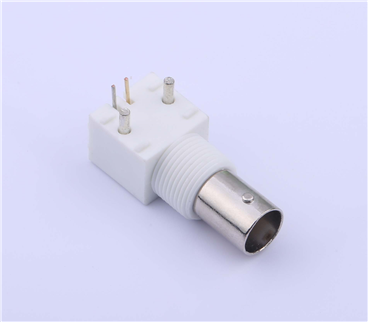
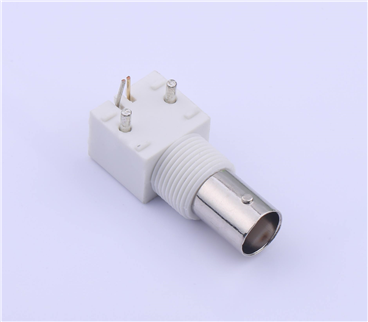
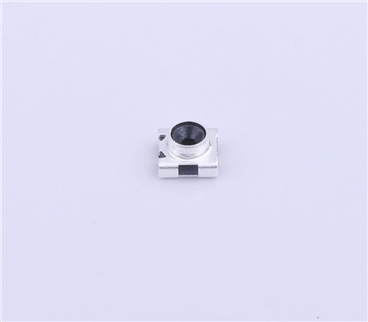
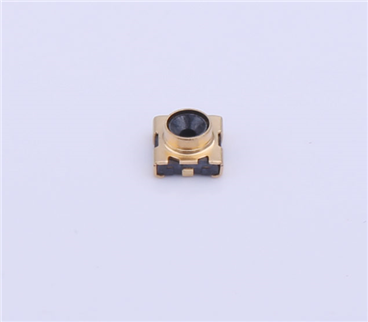
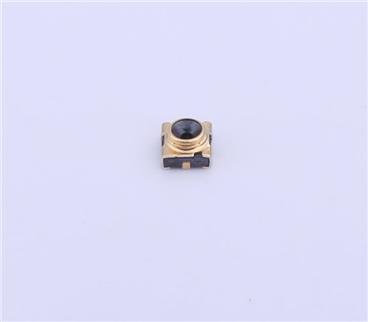
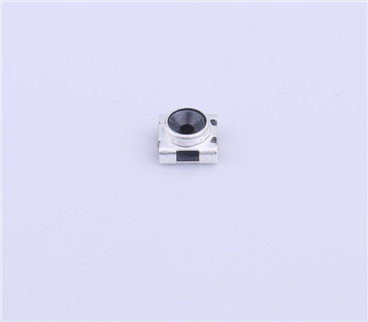
Copyright © Shenzhen Kinghelm Electronics Co., Ltd. all rights reservedYue ICP Bei No. 17113853